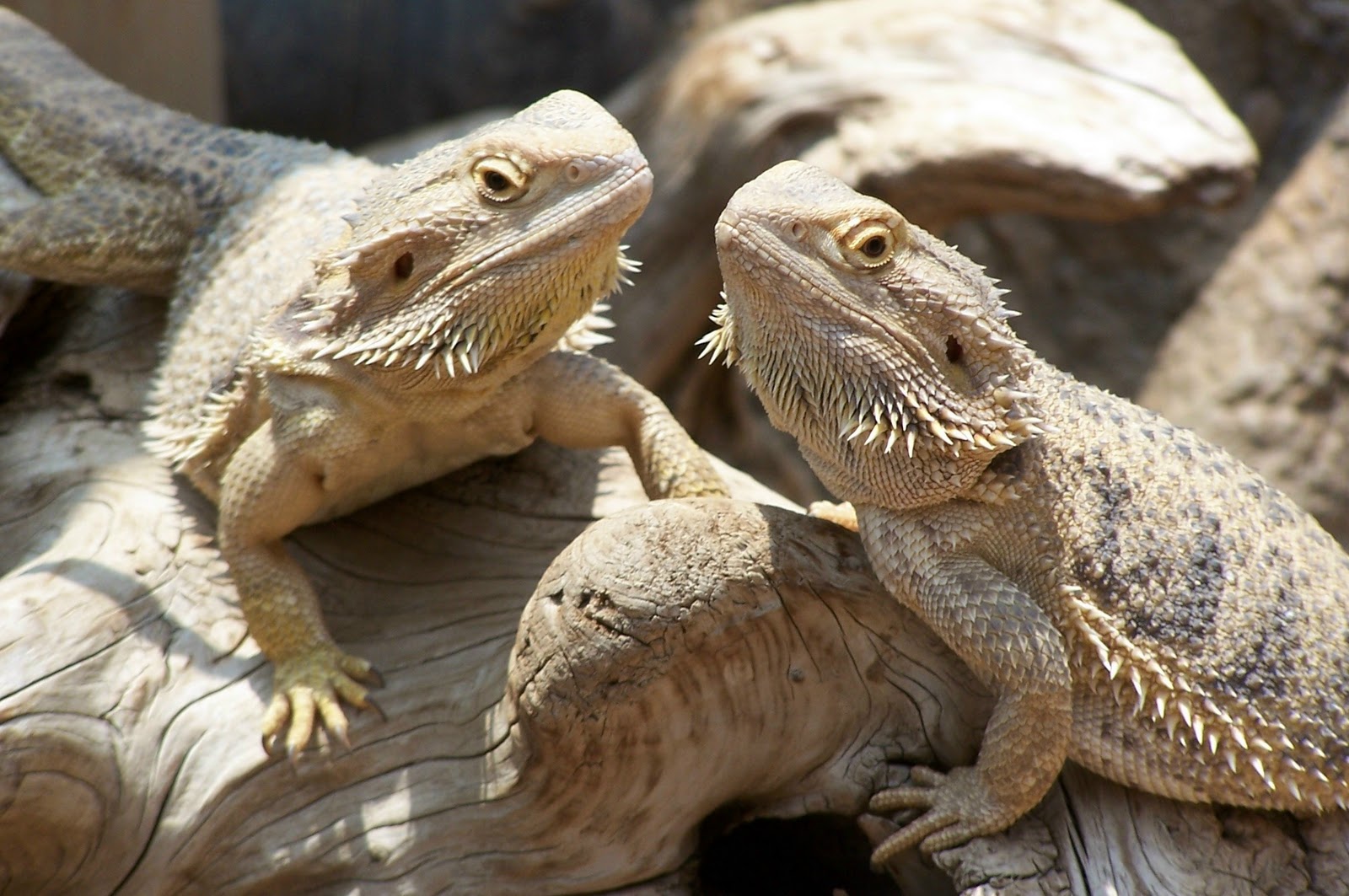Is Your Bearded Dragon Upset? Here's How to Cheer Him Up!
Is Your Bearded Dragon Upset? Here’s How to Cheer Him Up!
Bearded dragons are delightful and charming pets, but like all animals, they can become upset and annoyed. A bearded dragon that appears upset or distressed is generally unhappy with something in its environment, whether it’s the temperature, lighting, diet, or handling. If you notice that your bearded dragon is upset, there are steps you can take to help improve its mood.
Symptoms of an Upset Bearded Dragon
Bearded dragons are not known for their expressive emotions, but they do have subtle body language that can clue you in on how they’re feeling. Some common signs that your bearded dragon may be upset include:
- Restlessness
- Pacing or agitated behavior
- Glass surfing (climbing the sides of the tank)
- Loss of appetite
- Lethargy or weakness
- Aggressive behavior (hissing, puffing up, biting)

Identifying the Cause of Upset in Bearded Dragons
Before you can fix the problem, you need to figure out what’s causing your bearded dragon’s upset. Some common causes of upset in bearded dragons include:
- Incorrect temperature or lighting
- Feeding the wrong diet or not enough food
- Inappropriate tank setup
- Over-handling or rough handling
- Stressful environment (loud noises or stress from other pets)
Solutions to Cheer Up Your Bearded Dragon
Once you’ve identified the cause of your bearded dragon’s upset, you can take steps to make things right again. Here are some solutions to common problems that may cheer up your bearded dragon:
1. Correct temperature and lighting
Bearded dragons need a specific temperature and lighting setup to thrive. The temperature gradient in their enclosure should range from around 80 degrees Fahrenheit on the cool side to around 100 degrees Fahrenheit on the warm side during the day, with a basking spot around 110 degrees Fahrenheit. At night, the temperature should drop to around 70 degrees Fahrenheit. A UVB lamp should also be provided for 12-14 hours a day to ensure they receive the necessary vitamin D3. If you notice your bearded dragon is upset, check if the temperature and lighting are in the correct range and make adjustments if needed.
2. Adjust diet and feeding schedule
Bearded dragons require a balanced diet of protein, vegetables, and fruits. Providing them with improper nutrition or insufficient food quantity can upset their stomach and health. Consult with a veterinarian, experienced pet store employee, or reputable online source to determine proper feeding habits and your pet’s ideal diet. You also need to feed your pet frequently, possibly once or twice a day or based on your vet’s recommendations, so it doesn’t feel hungry, which can lead them to become irritable and upset.
3. Optimize the tank setup
Providing appropriate living quarters can improve their overall physical and mental health as well. A glass tank, plastic bin or terrarium is ideal since they can regulate heat and reduce threats. Not to mention, occupants can observe and appreciate their pet’s behavior and activity within its domain. Remember to include plenty of basking and hiding areas, basking rocks, a water bowl, and hiding spaces to make the tank as close to their native habitat as possible. Bearded Dragons sometimes scratch at their enclosures to indicate they want more hiding spots or a change in environment, so monitor their behavior daily to make sure their space meets their needs. You could even place interesting and attractive things for them to explore, such as logs or branches.
4. Practice gentle handling
Handling your bearded dragon can be fun for both you and your pet, but be gentle and avoid over-handling as sensitive reptiles also have feelings too! It’s also best to wait at least a week or so after first bringing your bearded dragon home to handle him. This helps reduce stress caused by adjusting to a new environment. Handle them briefly at first, building up to longer sessions as they become familiar and comfortable with you. Don’t forget to wash your hands before and after handling them to avoid cross contamination with any bacteria or viruses. Also, minimize the level of stress. During handling, watch their body language for cues on their stress levels and stop handling your bearded dragon if it seems agitated or stressed.
5. Reduce environmental stress
Last but not least, try to minimize external stressors in your bearded dragon’s environment. This includes loud noises, such as TV or music, and stress from other pets. Your pet has a sensitive hearing and should have a quiet and peaceful place to rest. Keep the tank in a low traffic area since excessive activity outside the enclosure can be overwhelming to reptiles; instead, make the tank as interactive and stimulating as possible with unique decorations, toys, and features.
Conclusion
Bearded dragons are fascinating pets that are generally easy to care for. Like any animal, they can become upset and require some attention so that they can have their health and well-being. Identifying the cause of your bearded dragon’s upset and taking steps to fix the problem can help them to have a happy and healthy life. Care for your bearded dragon with compassion and patience, and they will reward you with their joyful presence and love.

